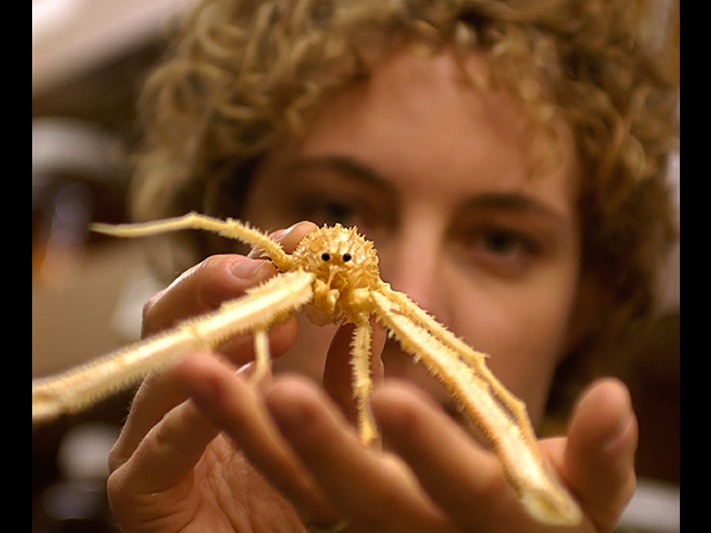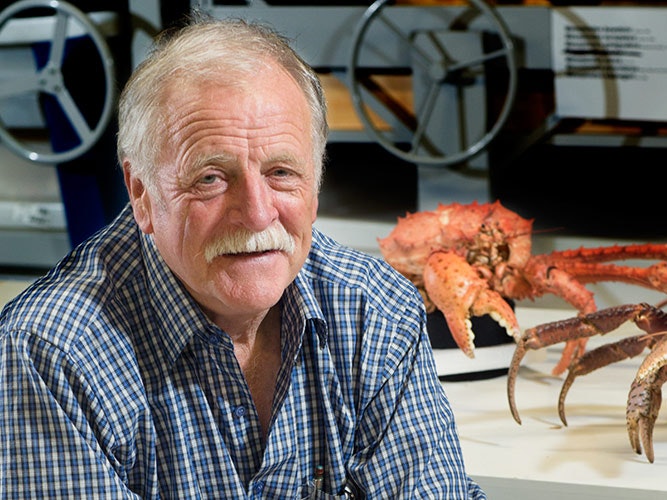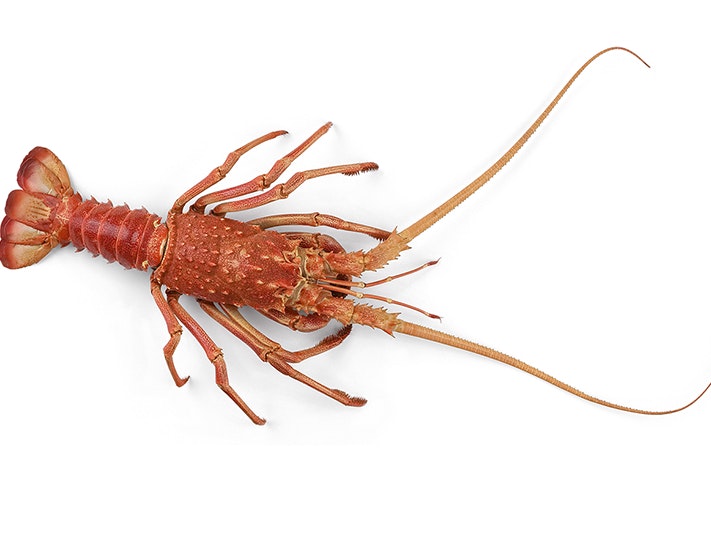
Meet the carcinologists: Kareen Schnabel
Carcinologists are the people who study the world of crustacea. In this series, they talk about the captivating creatures they love – creatures that as it turns out live all around us…
Free museum entry for New Zealanders and people living in New Zealand
Open every day 10am-6pm
(except Christmas Day)
Free museum entry for New Zealanders and people living in New Zealand
Carcinologists are the people who study the world of crustacea. Three of those experts have helped to shape Mawhiti Tino Rawe | Clever Crustaceans in partnership with NIWA Taihoro Nukurangi.
Here, NIWA Taihoro Nukurangi’s crustacean biologist Rachael Peart talks to MScSoc graduate Poppy McGuigan Hay about her work in the world of crustaceans.
Rachael Peart exploring the Smithsonian Crustacean collections. Photo by Kareen Schnabel. NIWA
A crustacean biologist, Rachael focuses on mainly small crustaceans, particularly the amphipods – looking at their presence and how they interact with the environment. Over the last 25 years, Rachael has described over 100 amphipod species and a significant number of polychaete worm species.
RP: Of course it is an amphipod … particularly a group called the Ampithoidae. These are the gentle herbivores of the coastal marine environment. They generally live on and in seaweed and have ‘silk’ glands on some of their legs. They use the silk to stick together fronds of seaweed, making a nest and raising their young and eating the seaweed from the inside.
RP: Initially, I started at the Australian Museum as an illustrator of amphipod parts. I had completed my honours degree on larval fish and estuary health. The researcher I was illustrating for recommended I do further study on amphipods, which I did and finished my PhD.
RP: I am afraid I am too much of a nerd, I don’t get invited to parties – someone who studies any aspect of crustacean science.
RP: The huge diversity – they range from Large king crabs or spider crabs to the tiniest ones that live amongst the sand grains. Some are spikey, some are round, some make tubes, and some float midwater.
RP: Describing over a hundred species new to science.
RP: The work examining the biofouling communities on the tsunami detection buoys.
RP: Coffee (and examining such a wide variety of organisms).
RP: Don’t just look at the big and tasty ones. There is so much diversity in the smaller things. Also, don’t give up, it is worthwhile finding how crustaceans are influenced by and can influence the world around them.
RP: They are everywhere – every environment (not the air though). There are many crustaceans from your backyard to the deepest trenches. They can be used as bioindicators, food, or as signals of a changing environment.

Carcinologists are the people who study the world of crustacea. In this series, they talk about the captivating creatures they love – creatures that as it turns out live all around us…

Carcinologists are the people who study the world of crustacea. In this series, they talk about the captivating creatures they love – creatures that as it turns out live all around us…

Crustacea includes lobsters, crabs, shrimps, prawns, hoppers, wood lice, water fleas, and several other groups. Most crustaceans live in the sea but some are found in freshwater or on land. The one thing they all need to survive is water, or at least a moist habitat.